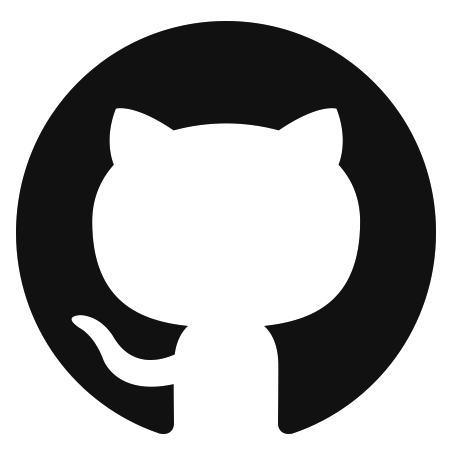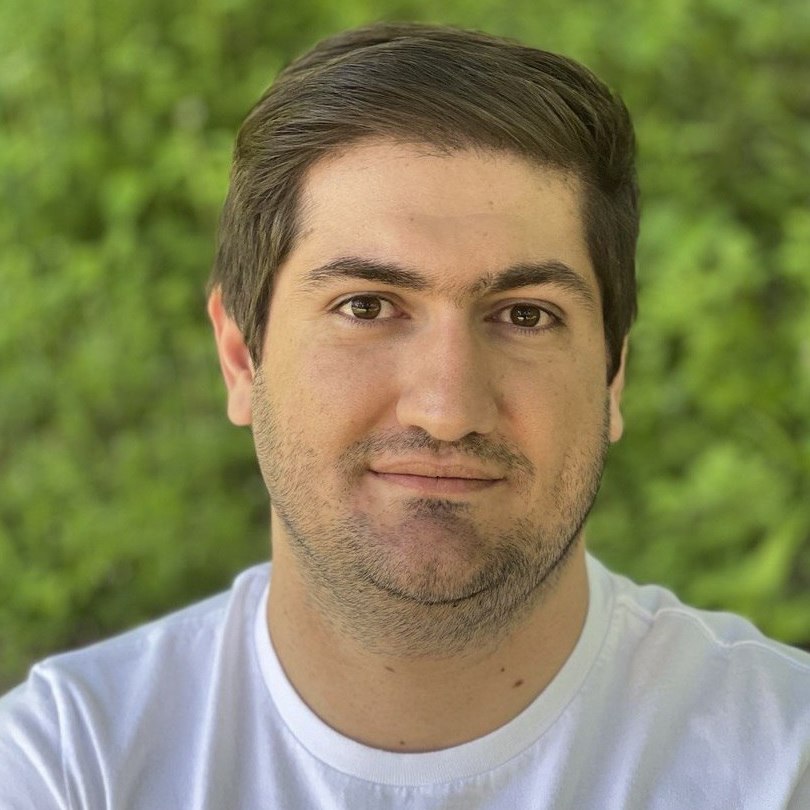People
Labs, colleagues, and collaborators
The Advanced Baseline Imager Live Imaging of Vegetated Ecosystems (ALIVE) project is lead by Dr. Paul Stoy through the Biological Systems Engineering program at the University of Wisconsin-Madison.
Sophie Hoffman
Data Scientist
Sophie recieved her Bachelor of Science degree from the University of Wisconsin-Madison in 2020. She graduated with a double major in Atmospheric Science and Applied Mathematics, as well as a minor in 2D Studio Art. She has been working in Dr. Stoy's lab since fall of 2022, and her work so far includes: writing Python script to clean and process Ameriflux data, using the data package hesseflux to partiton GPP and RECO from Ameriflux carbon flux measurements for years 2012-2022, combining Ameriflux data with GOES-R data based on a half-hourly timestamp for years 2017-2022, publishing datasets to the Environmental Data Initiative, and lastly, creating this website!
Danielle Losos
Associate Researcher
Danielle Losos is a post-bachelor researcher working at the Space Science and Engineering Center in Madison, WI. In the Stoy Lab, Danielle brings her expertise in optical remote sensing, GIS and cloud-computing into the realm of carbon cycle modeling. Also at UW-Madison, Danielle is developing an operational tool to map the burn severity of wildland fires in near-real time. Prior to this position, Danielle worked for GOES-R geostationary satellite program at NOAA/NASA and graduated from Yale College with a B.S. in Environmental Science.
Sadegh Ranjbar
Machine Learning and Remote Sensing Data Scientist
Sadegh Ranjbar received his Ph.D. from the University of Wisconsin–Madison in May 2025. He specializes in machine learning, data science, and cloud system engineering. His research integrates artificial intelligence and cloud computing to develop scalable, end-to-end solutions for analyzing large-scale, multiscale environmental, biological, and healthcare datasets. Sadegh has over eight years of experience designing advanced machine learning workflows, with expertise in Python, MATLAB, and cloud platforms such as Google Cloud and AWS. As a Machine Learning Data, and Associate Reseach Scientist on a Google-funded project, he has led the development of knowledge-guided ML models and cloud-native pipelines for real-time environmental monitoring and forecasting. His work has been published in top-tier journals, and he is an active contributor to open science and reproducible research.
Ojaswee Shrestha
Graduate Research Assistant
Ojaswee's research interests include utilizing remote-sensing satellite and carbon flux data and tools to understand the terrestrial (vegetation) ecosystem. She will focus on vegetation response and resilience during extreme weather and events with the goal of understanding the factors that can create sustainable, biodiverse ecosystems in semi-natural and working-landscapes. Ojaswee is a PhD student in the Forest and Wildlife Ecology department, and has a bachelor’s degree in Environmental Science and Master’s in Earth and Environmental Resources Management and in Integrative Biology. She has a wide range of research experiences including butterfly ecology for species conservation, ecological engineering of agricultural rice systems using eco-friendly biological pest-control, species-environmental quality modeling using GIS and assessing impacts of extreme weather on vegetation productivity using remote sensing.
Paul Stoy
Professor
Paul Stoy is an ecosystem ecologist who studies the surface-atmosphere exchange of greenhouse gases, water, and heat. Other research interests include understanding the role of land use, land management, and conservation in the climate system, regional climate processes, and of course remote sensing of terrestrial ecosystems, some of which is described here. When not working -- or even sometimes when working -- he can be found chasing after kids and puppies.
Colleagues and Collaborators
Zhou Zhang | Jason Otkin | Yafang Zhong | Raia Ottenheimer | Angela Waupochick | Jonathan Thom | Ankur Desai | Sam Batzli | Min Chen | Mat Gunshor | Mutlu Ozdogan | Tim Schmit
Acknowledgements
Support for this research was provided by the University of Wisconsin - Madison Office of the Vice Chancellor for Research and Graduate Education with funding from the Wisconsin Alumni Research Foundation, as well as the National Science Foundation Division of Environmental Biology # 2106012









